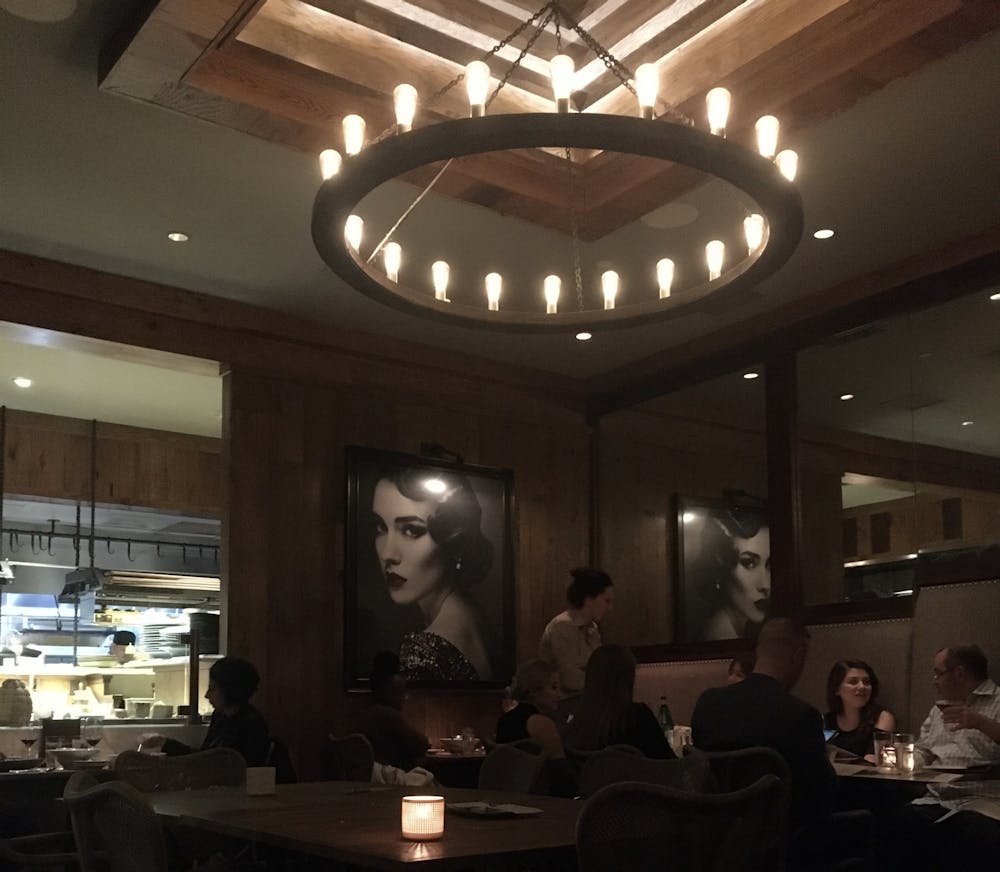Baltimore City Mayor Bernard C. “Jack” Young announced that restaurants can resume indoor dining at 25 percent capacity beginning on Friday, August 7. This follows Young’s previous orders from July 24 to suspend all indoor dining services after a recent spike in coronavirus (COVID-19) cases in Maryland.
Other gatherings are also still restricted, including: religious facilities, retail establishments, casinos and indoor recreation establishments. These establishments will be capped at whichever is lower — 25 percent capacity or 25 people. Young’s latest executive order excludes bars, which must remain closed. Outdoor gatherings can only have a maximum of 25 participants.
Young’s new guidelines are stricter than the rest of Maryland. Governor Larry Hogan issued statewide guidelines to cap indoor dining capacities at 50 percent. However, the governor granted smaller jurisdictions the liberty of imposing stricter regulations depending on public health needs.
Rising sophomore Katie Lundberg, a Maryland resident, agrees that Young’s new guidelines are necessary. Even though it may hurt businesses in the short term, she argued, they still have the option to have outdoor dining and takeout options. She stated that it would have been ideal if the restrictions were imposed before cases rose again.
“I felt a little worried going to these sorts of establishments when bans were lifted, but I did go out a little. But now numbers are going up again, so I think restrictions are logical,” Lundberg wrote in an email to The News-Letter.
Father Francis Belanger, one of the parish priests of Saints Philip and James Catholic Church, shared that his church is in compliance with these new city regulations. However, because of the latest University guidelines, it is unlikely that students will be able to attend services.
“The upshot is that we do not have to change our practices at Saints Philip and James. People have to wear masks and be six feet apart unless they are from the same household. We disinfect the church after each mass,” Belanger said.
Baltimore City, in particular, has been singled out by White House officers as one of the areas of concern for COVID-19 outbreaks, with recent spikes of 1,000 cases in the past week.
In an executive order, Young emphasized that the slight easing of restrictions is not an indication that Baltimore is doing well regarding the COVID-19 pandemic, but rather is his way of financially supporting locals businesses.
“Congress' inability to come to an agreement to provide relief and support for the people of our country is deeply disheartening,” Young wrote. “Their inaction has forced my hand. Our residents need to be able to support themselves and their families during this difficult time.”
Rising senior Julia Zeng has been living in Baltimore since January and explained that she hardly leaves her apartment. She highlighted that she is concerned about the situation in Baltimore, as she still notices many people walking outside without masks.
“On one hand, I'm glad that restaurants can breathe a little easier with relaxed indoor dining restrictions,” Zeng wrote. “But I also feel like people in general aren't very good about policing themselves about habits that make human contact less risky.”
Rising junior Tyger Lin, who has been living in Baltimore since mid-July, shared that he feels the COVID-19 situation is worsening in the city and that restrictions should have been implemented sooner. As someone who has been staying inside for safety precautions, he feels the new regulations will not have much of an affect on his daily activities.
“I don’t usually go out to eat. However, facilities like gyms and learning centers, such as Brody, being closed will negatively impact me,” Lin shared in an email to The News-Letter.
Zeng acknowledged that flawlessly controlling COVID-19 is hard because the virus is so unpredictable.
“A lot of fixes in a COVID-19 world are just naturally going to be imperfect, and this is one of them,” Zeng wrote.





